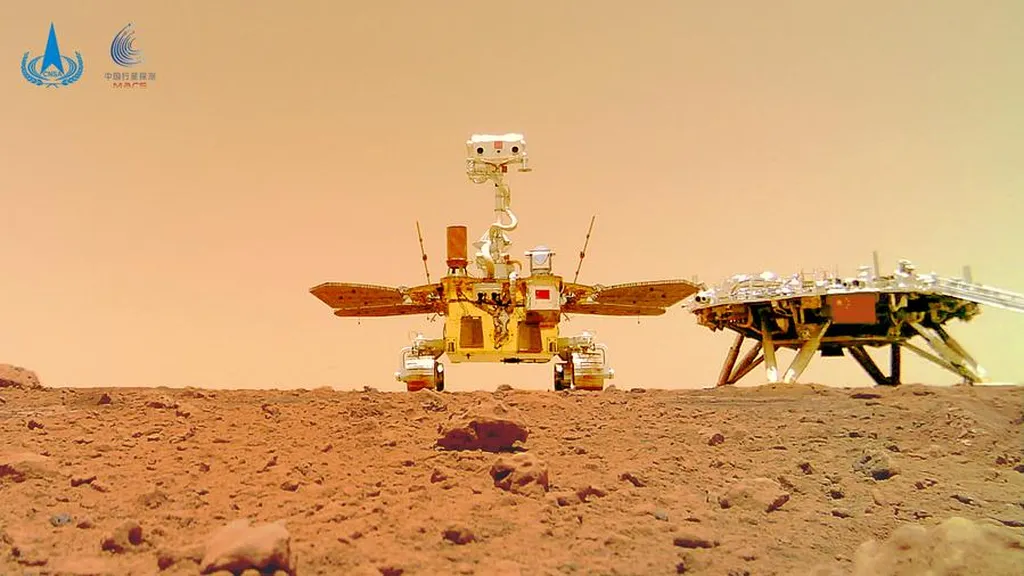In the quest to unlock the secrets of Mars and pave the way for future exploration, scientists have made a significant stride in creating a more accurate Martian soil simulant. This breakthrough, led by Yutong Deng from the School of Transportation Science and Engineering at Beihang University in Beijing, China, could have profound implications for the energy sector and our understanding of the Red Planet.
The challenge of replicating Martian regolith—the layer of loose, heterogeneous material covering solid rock—has long plagued researchers. Without direct access to Martian soil samples, scientists have relied on Martian meteorites to glean insights into the planet’s mineralogical and geochemical properties. However, existing simulants have fallen short in accurately mirroring the complexity of Martian regolith.
Enter BH-Mars-S, a new Martian regolith simulant developed by Deng and his team. This simulant is informed by the mineralogical and geochemical characteristics of the shergottite Taoudenni 002, a Martian meteorite. “By employing advanced micro-region characterization techniques, we were able to systematically analyze the primary minerals in the meteorite,” Deng explains. “This guided us in selecting analogous single minerals for the simulant preparation.”
The BH-Mars-S simulant comprises plagioclase, pyroxene, olivine, and chromite in a carefully calibrated proportion of 0.46:0.3:0.22:0.02. This composition closely mirrors the crystal structure, geochemical composition, and bulk properties of the reference meteorite and authentic Martian regolith. The result is a high-fidelity simulant that can be used for a variety of research applications, including rover testing, dust-interaction studies, and in situ resource utilization (ISRU) experiments.
The implications for the energy sector are substantial. As we look towards future Mars missions, understanding how to extract and utilize resources on the planet will be crucial. ISRU experiments, which aim to develop technologies for harvesting and processing resources on Mars, will benefit greatly from the accuracy of the BH-Mars-S simulant. “This simulant offers adjustable granularity and multi-mineral particle proportions, making it a versatile tool for repeated, high-fidelity ground-based validation,” Deng notes.
Moreover, the development of BH-Mars-S establishes a sustainable standard for the production of simulant prototypes. By reducing the reliance on scarce extraterrestrial resources, this simulant serves as a reliable and low-impact substitute for Mars research applications.
Published in the journal ‘Cleaner Materials’ (translated from Chinese as ‘更清洁的材料’), this research marks a significant step forward in our quest to understand and explore Mars. As we continue to push the boundaries of space exploration, the accuracy and sustainability of our research tools will be paramount. The BH-Mars-S simulant is a testament to the ingenuity and dedication of scientists like Yutong Deng, who are paving the way for future developments in the field.
In the broader context, this research underscores the importance of interdisciplinary collaboration and the application of advanced technologies in addressing complex scientific challenges. As we look towards a future where Mars exploration becomes increasingly feasible, the insights gained from studies like this will be invaluable in shaping our understanding of the Red Planet and our approach to harnessing its resources.

